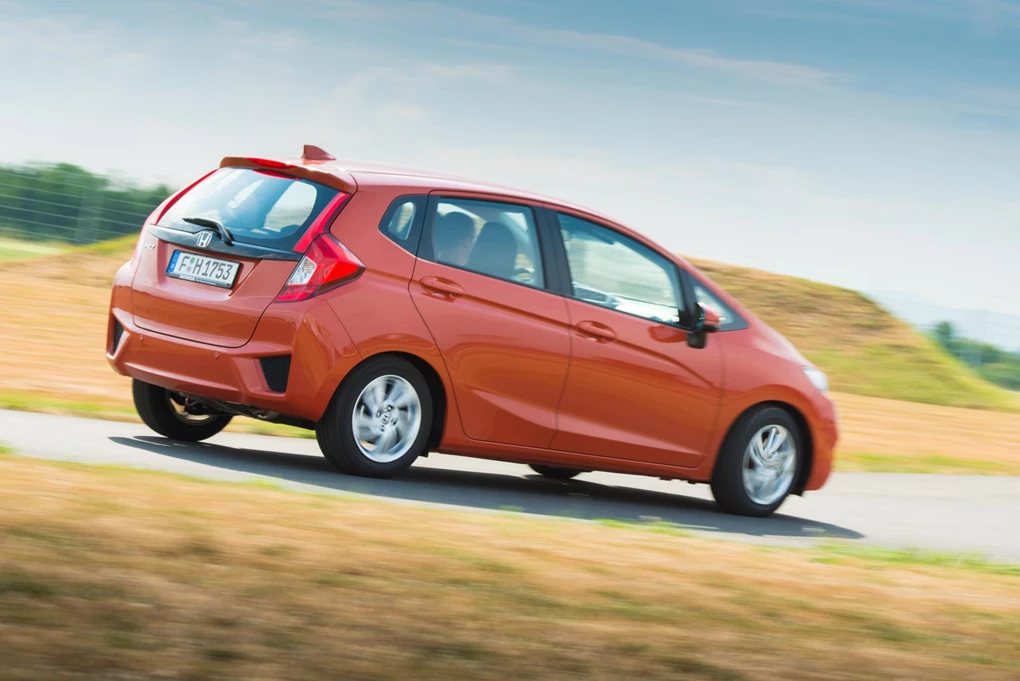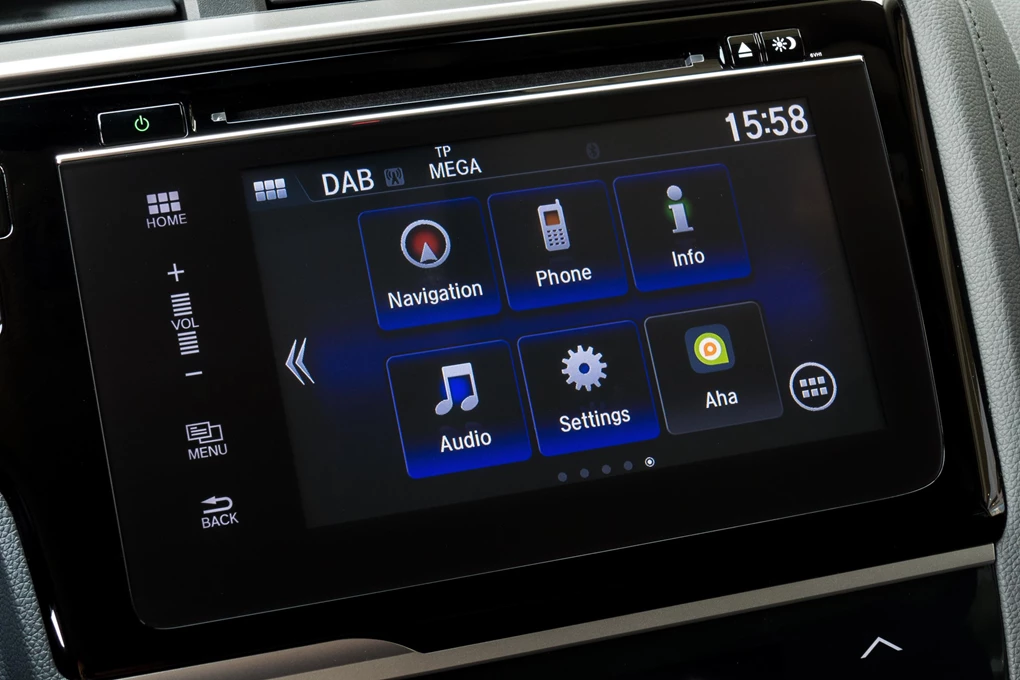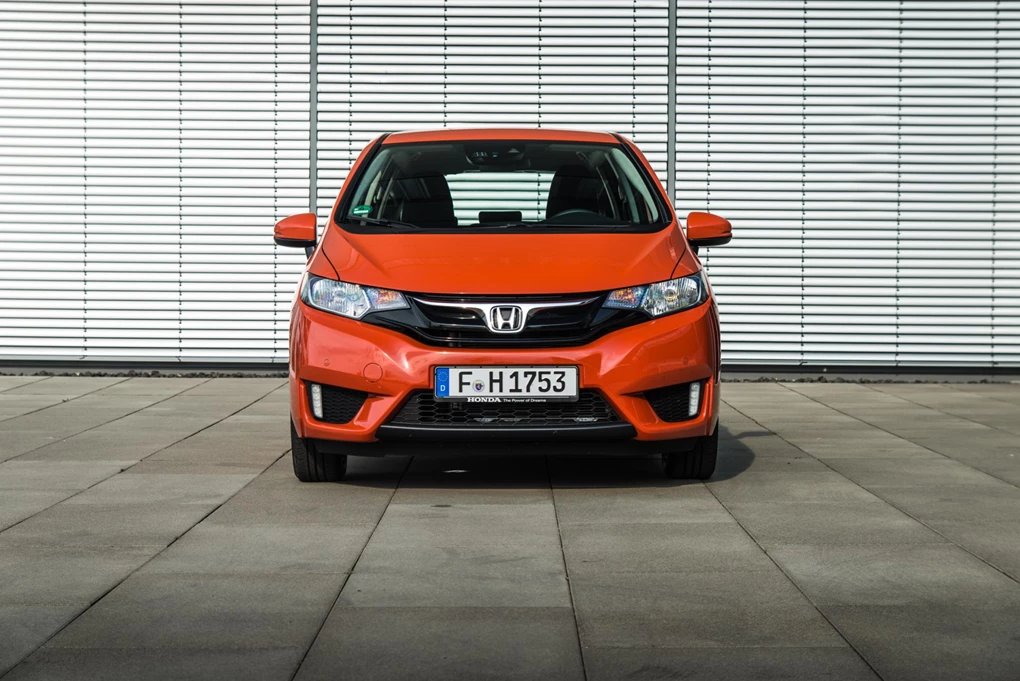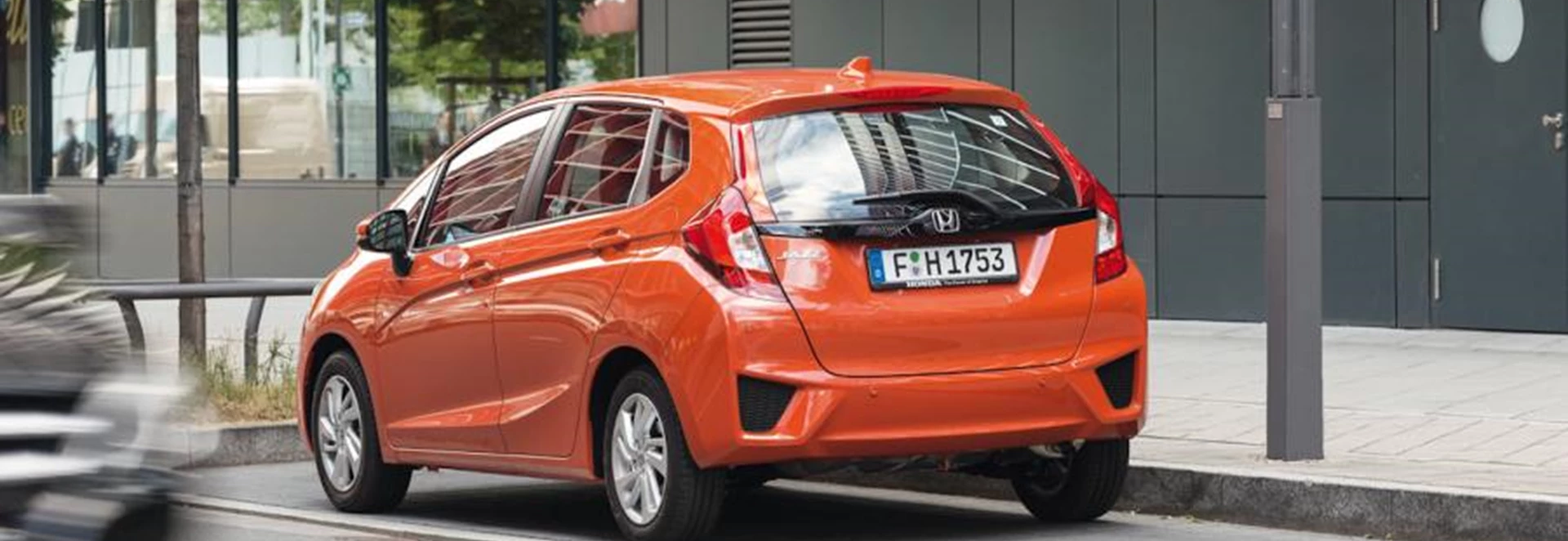To many, the Honda Jazz is the epitome of big things in a little package, especially when it comes to practicality and value for money.
The most reliable car in the UK for almost ten years and with more than 70 awards to its name, the Jazz is known for having loyal fans – and Honda believes the new-fangled design of the third-generation model will win over some new admirers from a wide range of different demographics.
As well as the new Jazz looking more up-to-date with the rest of the Honda range, it is actually 95mm longer than the outgoing model, 55mm of that translating to added interior space. That means the Jazz is now more practical than ever before.
But has the Jazz retained the qualities that made it so appealing all these years? Let’s find out.

Performance
Diesel remains an omission from the Jazz line-up, with a 1.3-litre i-VTEC petrol being your only choice. The 1.3-litre i-VTEC unit produces 101bhp and comes mated to either a six-speed manual or CVT automatic gearbox.
The petrol has to be worked quite hard to get the most out of it, with peak pulling power coming in at 5,000rpm, so we suggest going for the manual as it gives you a bit more control when it comes to the likes of overtaking manoeuvres. Honda has also shortened the throw of the manual ‘box by ten per cent, making for quicker shifting. As the petrol needs to be revved out at times, it can get quite noisy.
Sales are expected to be evenly split between manual and auto with 52 per cent and 48 per cent respectively.

Ride and Handling
The suspension is nice and supple and delivers a comfortable ride, even over uneven surfaces, and all-round visibility is great due to its upright stance.
For a car that is practicality-orientated, the Jazz drives surprisingly well. The steering is well-weighted, giving you reassurance at speed and when cornering, but when needed it allows for easy manoeuvrability at low speed. It is certainly more engaging than the Nissan Note. In fact, when it comes to cornering, the Jazz has a new Agile Handling Assist system for greater composure. Those after the Jazz may not be too fussed about driving dynamics, but if Honda is looking to branch out when it comes to appeal, I’m sure automotive-enthused younger drivers will appreciate it. The suspension is nice and supple and delivers a comfortable ride, even over uneven surfaces, and all-round visibility is great due to its upright stance. Insulation from road and wind noise is also quite impressive. Again, you will get a roar from the petrol when you rev it out though.

Interior and Equipment
The Jazz is no longer built in Honda’s Swindon plant in the UK. It is now built in Yorii, Japan.
With an additional 55mm to play around with inside, Honda has enhanced space in numerous areas. For a start, shoulder room up front has improved by 30mm and knee room has increased by 65mm – that means it offers more knee room than a Mercedes S-Class and it definitely shows. One of the most significant space enhancements however is its boot, which now stands at 354 litres with the seats in place and 1,314 with the seats folded away. The Nissan Note still has the edge when it comes to boot space with 411 litres, but the Jazz has a plethora of useful tricks that make it an all-round more practical car. These include under floor storage in the boot, its ‘Magic Seats’, which offer a wide variety of seating configurations, wide opening rear doors and the ability to offer a mattress-like layout when you fold the front seats flat. When it comes to the cabin, the Jazz still has a lot of scratchy plastics, which is a little disappointing when you consider the generous kit levels. Standard kit on every model includes air-conditioning, Bluetooth and USB connectivity, DAB digital radio and cruise control. If you want the added luxury of Honda’s new Connect infotainment screen then you will have to go for the second trim up, SE. And if you want a Garmin navigation system integrated, then you have to climb an extra rung higher to SE Navi. Flagship EX models add auto air-con, rear privacy glass and a rear view camera. EX Navi models get all this plus sat-nav. The Jazz is littered with safety kit as well, with every model getting a City Brake Active system, which can provide emergency autonomous braking in slow moving traffic. Climb up to SE and you get Lane Departure Warning, Forward Collision Warning, Traffic Sign Recognition and a Cross Traffic Monitor. Although the new touchscreen looks undoubtedly better than the set-up in the last model, it still lags a bit when used and the volume control is a bit awkward as well.
Cost
The Jazz’s series of perks will cost you, at least when compared to the likes of the Nissan Note, starting from £13,495 - around £3,500 more than its Nissan adversary.
When it comes to efficiency, Honda has been doing a lot of work with its CVT automatic gearbox and it really shows with the new Jazz. CVT models of the Jazz are much more efficient than manual models, with CO2 from just 106g/km and a claimed average return of 61.4mpg. The most efficient manual emits 116g/km of CO2 and claims an average of 56.5mpg. And let’s not forget about Honda’s glowing track record for reliability and its renowned five year, £500, service plan. The Jazz’s series of perks will cost you, at least when compared to the likes of the Nissan Note, starting from £13,495 - around £3,500 more than its Nissan adversary.
Our Verdict
There is no doubt that you get a lot for your money with the Honda Jazz and when compared to the Nissan note, its driving dynamics really stand out. It not only offers practicality, but it offers a clever, systematic way of doing things – which I’m sure those who have a busy lifestyle will appreciate. It may not be as enticing as a Ford Fiesta or Volkswagen Polo when it comes to performance and style, but it successfully combines the personality of a supermini with the practicality of an MPV.





